Social Media Goes Medieval
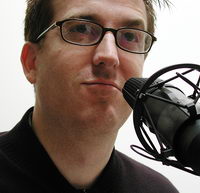 When I speak to companies about the rise of social media, I often begin with a historical perspective. Underlying all the high-tech wizardry that seduces many social media users, there is a very real, very simple driving force behind the movement: humanity.
When I speak to companies about the rise of social media, I often begin with a historical perspective. Underlying all the high-tech wizardry that seduces many social media users, there is a very real, very simple driving force behind the movement: humanity.
I am about halfway through the behemoth novel “The Pillars of the Earth.” It’s a piece of historical fiction about the drama involved in building a cathedral in 12th century England. It follows a dozen or so main characters through their inter-related experiences. I took pause after reading a brief episode in the first hundred pages or so. Tom Builder, a stonemason, crosses paths with Philip, a monk, during their respective travels. At this point in the story, Tom and his family are destitute and on the brink of starvation as he looks for work among the various villages and towns. On this chance meeting, Philip offers Tom and his family a free meal along the road. Upon parting, Tom asks the monk if, when he returns to his town and hears of any possible work, that he will remember Tom and speak favorably of him now that he knows him to be a kind and decent man. And that simple act is really the foundation of what the Web is rapidly becoming.
The Web of the late 90s and early 2000s inundated us with content. Individuals and companies began putting up as much stuff as they could. The result was an amalgamation of billions of pages for consumers to wade through. This gave rise to the supremacy of search…but that’s another tale. What’s most important about this period was that with this onslaught of content came a largely lifeless, impersonal facade for companies. Despite the very best stock photography of people shaking hands ad nauseam, web sites generally were as human as the servers that hosted them.
This period also sparked a certain renaissance. The pivotal progenitors of the social media age were companies like Amazon and Ebay where customer referrals, recommendations and ratings returned something to the Web world that they really didn’t even know was missing: the human spirit.
Humans are wired as social creatures. We thrive on interaction with each other. Particularly with respect to conducting commerce. There’s certainly no great revelation in that fact. Since the first public market or back alley bazaar, we have had the ability to look people in the eye and establish a bond of trust…or at least mutually self-serving suspicion. We knew the blacksmith, we sized up hogs with the butcher, and we broke bread with the baker. This instinctive need survived the industrial revolution. Throughout the 19th and 20th centuries – despite the advent of automation and mass migrations from countryside to city – we still sought advice from our local pharmacist, did deals over three martini lunches, and found camaraderie in Tupperware parties.
We naturally seek the advice of others. We value the supportive assent of our peers. We do business on a word and a handshake. And now, in the 21st century, after 10 or 15 years of layering ourselves in relatively impersonal Web technology, we are rediscovering the time-tested tenet: people do business with people.
Understanding that position is more than just a quaint musing; it’s a powerful rationale. As you craft your social media strategy, don’t start with the tools – start with the people. Your customers AND your employees. Determine first how you can provide valuable connections – what questions customers have and which employees can best answer them. Even the most simple e-commerce engine can provide value. The important next step is trust. And establishing trust is first and foremost a personal act. Social media must put people in play. You must unleash the creative and informative talents of your employees not only for building products but also for building trust. Offer up insights and advice willingly. Answer questions honestly and forthrightly. At stake is referral business and customer loyalty.
Through the ages, bakers, butchers and blacksmiths may have been replaced with engineers, analysts and programmers, but the innate need for human connection has not diminished. And that is why social media is here to stay.
Drew Mehl is Principal and Creative Director at Binary Pulse Technology Marketing. Binary Pulse is an interactive marketing firm specializing in the creation of integrated demand generation programs for technology companies. Drew is responsible for strategizing the use of Web-based tools and media, including social media marketing, to help technology companies prosper in a rapidly-changing digital marketplace. Drew's article was originally posted on the Binary Pulse Technology marketing blog. (Editor's note: Binary Pulse is a sponsor of socalTECH, although that does not influence our inclusion of pieces here.)
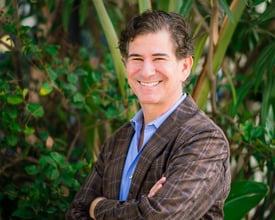 Tony Greenberg
Tony Greenberg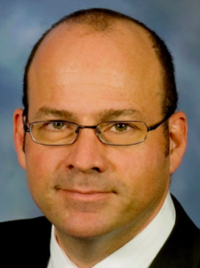
 Ivan Nikkhoo, Managing Partner – Navigate Ventures
Ivan Nikkhoo, Managing Partner – Navigate Ventures Michael Sherman, Neil Elan and Karine Akopchikyan
Michael Sherman, Neil Elan and Karine Akopchikyan Alejandro Guerrero
Alejandro Guerrero Eric Eide, Alliance for SoCal Innovation
Eric Eide, Alliance for SoCal Innovation Kevin DeBre
Kevin DeBre Braven Greenelsh
Braven Greenelsh Rob Freelen, Los Angeles Market Manager, Silicon Valley Bank
Rob Freelen, Los Angeles Market Manager, Silicon Valley Bank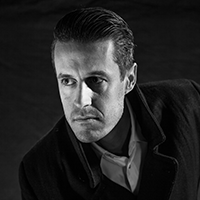 Braven Greenelsh
Braven Greenelsh Kaäre Wagner, Silicon Valley Bank
Kaäre Wagner, Silicon Valley Bank Al Guerrero, Silicon Valley Bank
Al Guerrero, Silicon Valley Bank Rob Freelen, Los Angeles Market Manager, Silicon Valley Bank
Rob Freelen, Los Angeles Market Manager, Silicon Valley Bank Sid Mohasseb
Sid Mohasseb William Hsu
William Hsu Dinesh Ravishanker
Dinesh Ravishanker Dina Lozosfky
Dina Lozosfky Melinda Moore
Melinda Moore Jaspar Weir
Jaspar Weir Erik Caso
Erik Caso Tracy Olmstead Williams
Tracy Olmstead Williams Dave Berkus
Dave Berkus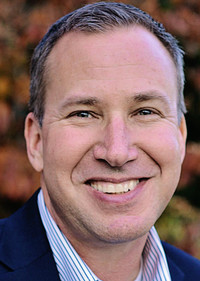 Bernard Luthi
Bernard Luthi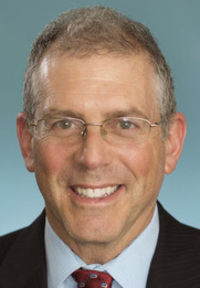 Peter Cowen
Peter Cowen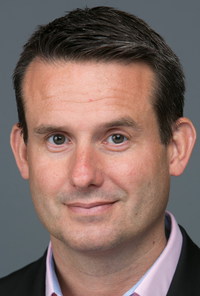 Nick Hedges
Nick Hedges Eric Larsen
Eric Larsen Michael Terpin
Michael Terpin Steve Reich
Steve Reich